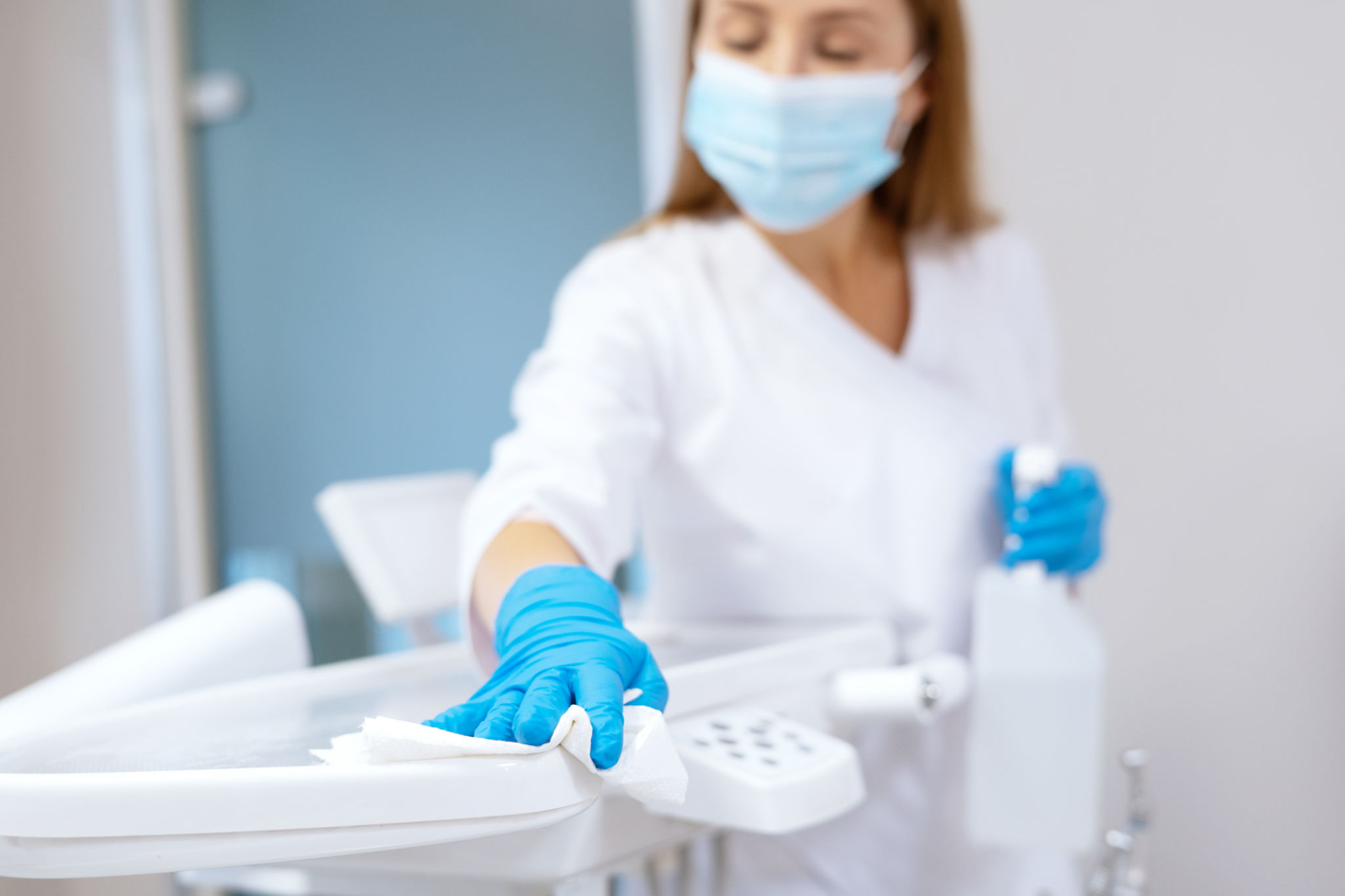How to Maintain Your Dental Units: A Step-by-Step Guide
Introduction to Dental Unit Maintenance
Maintaining your dental units is crucial for ensuring the longevity of your equipment and the safety of your patients. Regular maintenance can prevent unexpected breakdowns and costly repairs, keeping your practice running smoothly. In this guide, we will walk you through the essential steps to properly care for your dental units.
Daily Cleaning and Disinfection
It's essential to incorporate daily cleaning routines to ensure the hygiene and functionality of your dental units. Start by wiping down surfaces with a disinfectant solution at the end of each day. Pay special attention to high-contact areas such as the chair, light handles, and control panels. This will help prevent the spread of bacteria and viruses.

Flushing the Waterlines
Waterlines can harbor bacteria if not properly maintained. To combat this, flush your dental unit's waterlines daily. Use a combination of water and an approved cleaning solution to ensure that biofilm does not build up. This simple step is vital for maintaining a safe environment for both staff and patients.
Weekly and Monthly Maintenance
In addition to daily cleaning, implementing a weekly and monthly maintenance schedule is important for comprehensive care. Each week, inspect the dental unit for any signs of wear or damage. Check the hoses, foot pedals, and air/water syringes to ensure they are functioning properly.
Lubrication and Replacement
Ensure that moving parts are well-lubricated to reduce friction and wear. Depending on usage, parts such as O-rings and gaskets may need replacement every few months. Keeping a record of these replacements can help track maintenance needs over time.

Annual Professional Servicing
While regular maintenance can be managed in-house, it's important to schedule annual professional servicing for your dental units. A certified technician can perform a thorough inspection, identifying any potential issues that may not be visible during routine checks. This preventive measure can save you from costly repairs and downtime in the future.
Calibration and Testing
During professional servicing, ensure that all equipment is calibrated and tested for accuracy. This includes checking the pressure gauges, dental chair alignment, and the functionality of electronic components. Accurate calibration ensures that treatments are performed correctly and efficiently.

Conclusion
Maintaining your dental units is an investment in the success of your dental practice. By following these steps, you can enhance the performance of your equipment, prolong its lifespan, and provide a safe environment for your patients. Remember, consistent care today can prevent major issues tomorrow.
